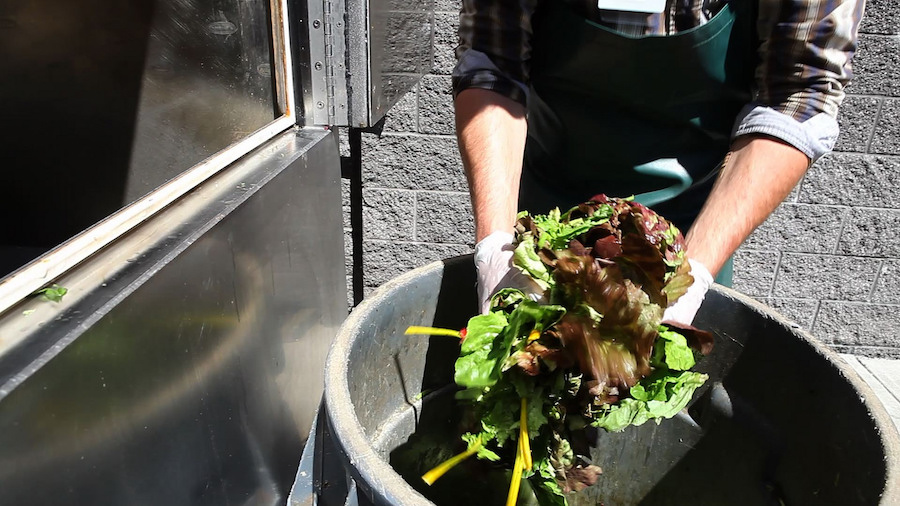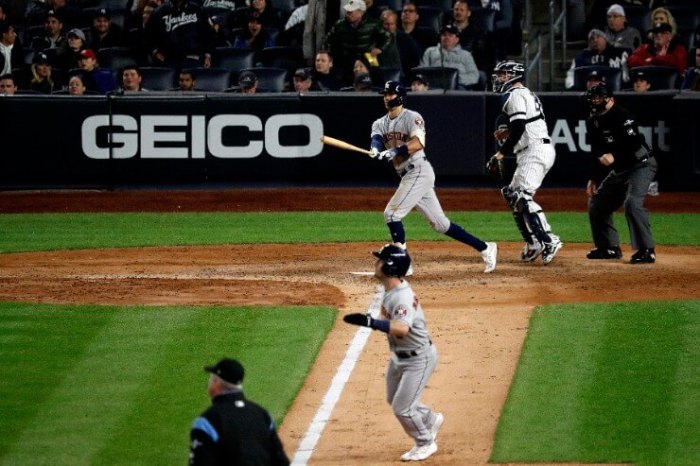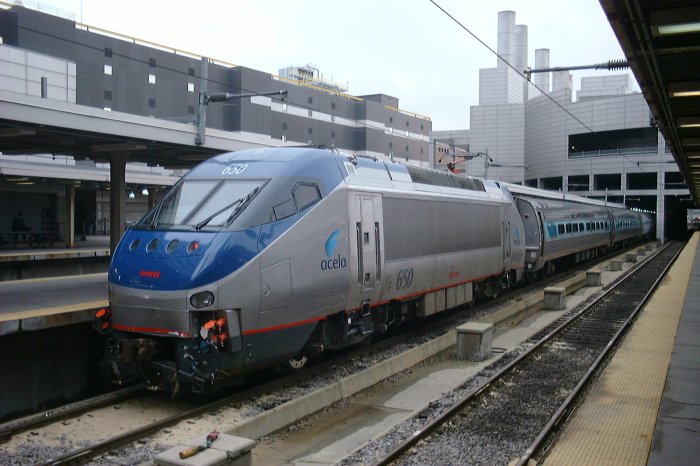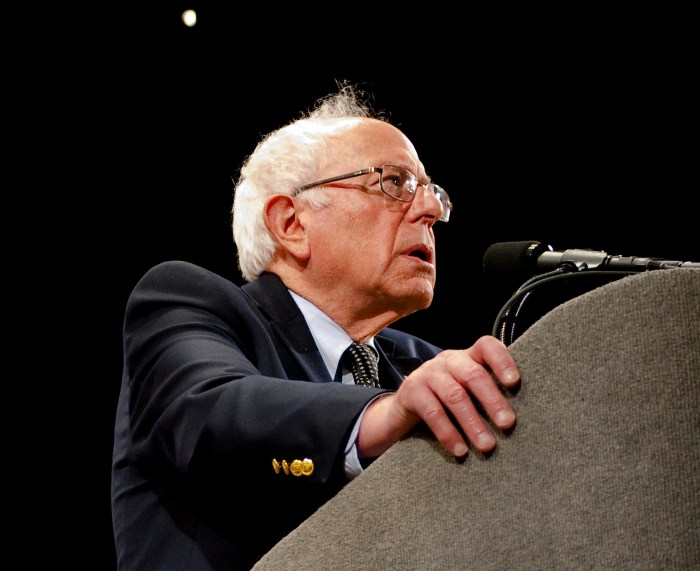Americans throw away $160 billion worth of food every single year. The investigation, carried out by British newspaper The Guardian, found that 60 million tons of fresh produce goes to waste long before consumers get their hands on fruit and vegetables because of minor blemishes. For example, misshapen vegetables are often abandoned in the field to cut down on the expense and labor involved in harvesting them. The newspaper also revealed that the average family of four wastes about $1,600 worth of food a year and estimated that rotting produce accounts for 8 percent of global climate pollution, as abandoned food produces methane — a gas far more dangerous than carbon dioxide. Roger Gordon, founder of Food Cowboy, a startup to rescue and re-route rejected produce, explains that in the developed world consumers waste about a third of what they purchase. Why is so much food wasted?
Waste occurs for a number of reasons. From a purely economic standpoint, waste occurs when the cost of transferring a good that no longer has value to its owner exceeds the selling price. Think of selling your old junk on eBay: if no one is willing to pay you more than what it costs to ship it, it goes into the dumpster. Unfortunately, getting food to charities can be very expensive. What about the demand for “perfect”fruit and vegetables? How damaging is it?
People demand perfect fruit and vegetables but it represents the perfection they seek for themselves. The problem is that all food is perfect – not just the ones that look like they do in magazines. When we throw away wholesome fresh produce, we are throwing away nutrients that people desperately need. What impact does this huge waste cause?
Over 40 million tons of food goes to waste in the U.S. each year. The food wasted in the United States in just one year would fill a stack of 18-wheelers that could reach over 800 kilometers into space. Small growers are hurt the most, economically speaking, because they are price takers and live on very small margins. What about climate problems?
Food waste generates 25 percent of the U.S.’s methane pollution (a potent greenhouse gas); 25 percent of our fresh water goes to producing food that ultimately will go to waste. Think about all the energy and resources it takes to grow, harvest, process, transport, sell and prepare food – about a third of that goes to waste. How is the situation with food waste in other countries?
Food waste has the same profile throughout the developed world: consumers waste about a third of the food they purchase. That’s mostly due to consumer behavior and the economics of the supply chain. In the developing world, however, waste is caused by a lack of good roads and reliable power systems: refrigeration is key to reducing waste. Is there a way to stop this?
It is caused by behavioral, economic and logistical reasons. The behavioral reasons are complex but the economic and logistical ones are not: it comes down to the logistics gap that separates food companies from charities. The U.S. food industry uses as much technology as the military does but most charities do things the way they did in the 1950s. It is very difficult for large national retailers and distributors to work with small ‘mom and pop’ nonprofits that still use fax machines. Food Cowboy’s solution is to close the logistics gap by giving charities free cloud-based technology that allow them to do business like for profit food companies. What can we expect in the future?
Believe it or not, Speaker Paul Ryan might have solved the whole food waste thing six months ago. That’s when he tacked on a small bill introduced by Congressman Tom Reed (D-NY) into the 2016 budget bill. The bill significantly increases the tax benefits food companies receive when they donate surplus inventory to charities. Before, the benefits were not worth the hassle of applying for but now they are worth real money. So now, when companies donate through Food Cowboy, we charge a small commission on those benefits – that adds up to $75 million a year. We’re calling it the Food Waste Innovation Fund. -Dmitry Belyaev
Americans trash $160 billion of food every year

Flickr


















